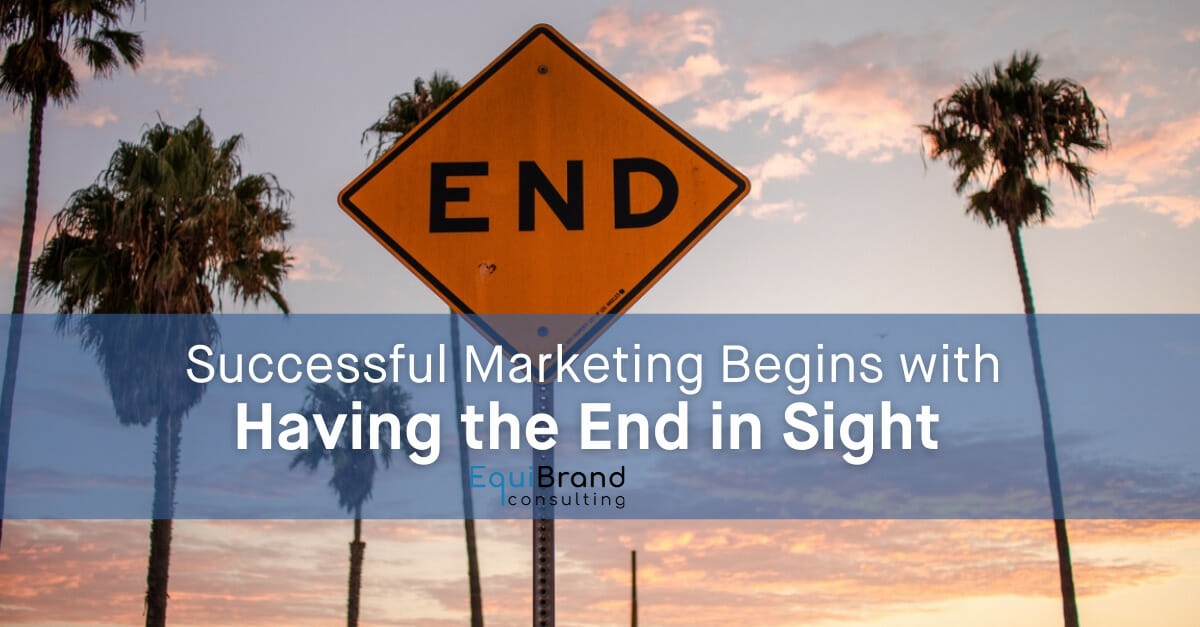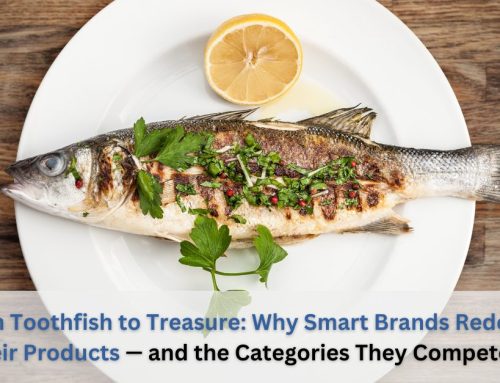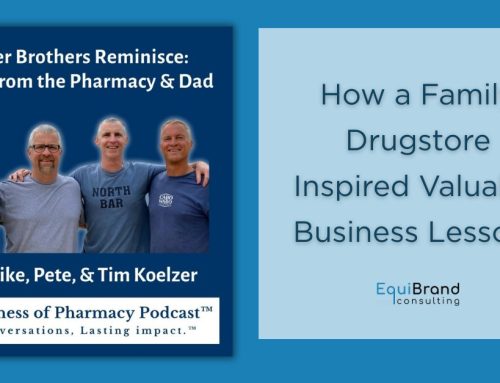Begin with the end in sight. That’s a central theme in upstream marketing.
It involves envisioning where you want to be in the future and then working backward to fill the gap, using a create-test-and-learn approach.
Begin with the end in mind…
Sound familiar? If you know Stephen Covey’s bestseller, The 7 Habits of Highly Effective People, you may notice parallels with the second habit, “Begin with the end in mind.” This habit involves knowing your purpose and what you’re trying to achieve, then using an outcome-oriented mindset to get there.
In other words, envision what you want in the future and create a plan to get there. Covey explains that with this habit, all things are created twice:
- First, through mental conceptualization and visualization
- Second, as a physical, actual creation
Covey’s second habit applies to upstream marketing, though with a twist—rather than begin with the end in mind, begin with the end in sight.
A subtle but essential distinction in marketing
It may seem like a subtle distinction. Beginning with the end in sight adds another tangible thing to create—a testable proposition – like a concept board, business narrative, draft proposal, or prototype that represents the end goal.
In effect, you create things three times:
By iterating tangible ideas internally and with customers, you can:
- Peek into the future
- Clarify thinking
- Optimize ideas
- Reset, as necessary
- …and get everyone on the same page
Learn from Successful Companies
This is why Disney creates storyboards and models in planning new attractions, why Amazon requires business leaders to create six-page narratives (not PowerPoint slides) to debate ideas internally, and why Nike iteratively develops and tests prototypes with professional athletes.
Most innovations fail. Why? The root cause is the inability to accurately define the end state at the beginning. Starting with the end in sight and working backward allows for better decisions about what to do and how to do it. Clarify this upfront so people engage. And remember:
If you can’t clearly express an idea ahead of time, you may not have an idea.
A memorable marketing analogy
Here’s a good way to think about upstream marketing: Ever gone fishing? Think of upstream marketing as everything that happens before the hook is in the water. The best anglers reflect and act on several factors before they cast the line. First, they’ll consider the kind of fish, the method (fly fishing or baitcasting), and the tools needed—the type of rod, reel, fishing line, and so on.
Only after answering a few other questions do they bait the hook and cast it into the water. Questions like: Where exactly will they go to fish, which lake or river? Where within that lake or river? At what time? What’s the best bait?
In doing all this, good anglers observe the essential principles of upstream marketing, thinking through the five W’s—who, what, where, when, and why—before integrating with downstream implementation (sometimes literally), in landing the target.
Want to scale your business to a new level? Use upstream marketing concepts. To get you started, we are offering a free download of the first chapter of our book, Upstream Marketing. The first chapter is right here.





















Follow EquiBrand